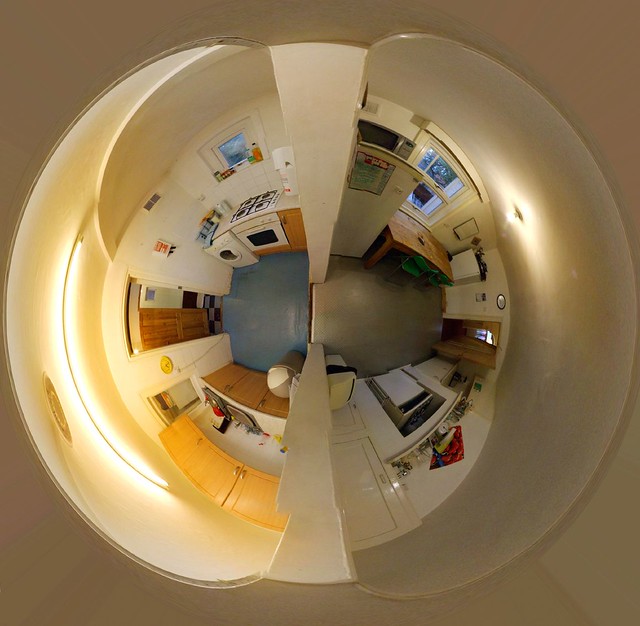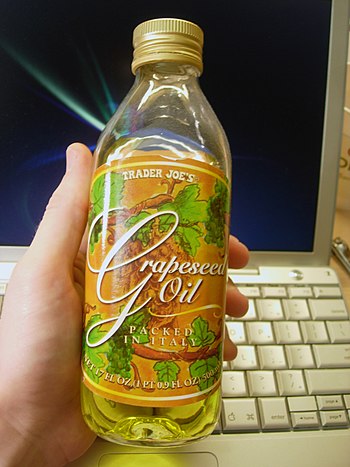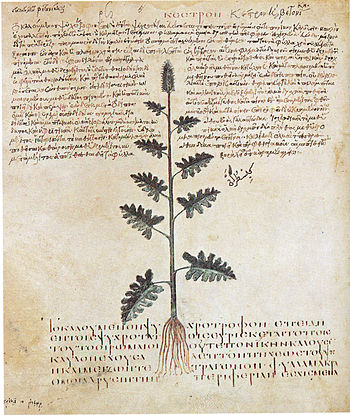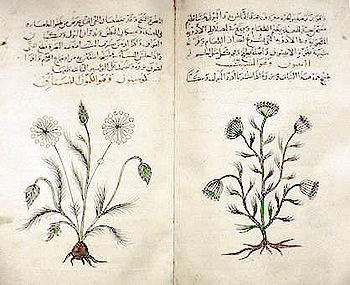 |
| An exercise ball allows a wide range of exercises to be performed. (Photo credit: Wikipedia) |
What Is a Stability Ball?
This is a large and inflatable ball used as an exercise equipment. Despite being air-filled, it is generally heavy-duty and capable to hold 600 to 700 pounds of weight. It is comfortable and gives good support. It perfectly suits the trainee as it easily goes with the structure of the body.
This exercise tool is also sometimes called as the physioball or the Swiss Ball.
The good thing about using the stability ball is it reduces the perception of ‘working’ in training, especially for beginners. It gives some element of ‘play’ as you get rough with the training. It adds some fun and excitement as you advance in the movements and techniques.
Another good point with the ball is that it can be used by anybody. No fitness level is required. It is very portable and lightweight, easy to bring along even when traveling. It is also inexpensive compared to other exercise equipment and it could last for a very long time.
How Stability Balls Came About?
The use of the stability balls for training can be traced in rehabilitation. As early as the 1900’s, physical therapists have been using balls in addressing the neurological disorders of their patients.
Then, in the early 1960’s, Aquilino Cosani, an Italian toy maker, made the ball and sold it, known then as the ‘Gymnastik.’ Two decades after, Cosani came up with a company called Gymnic and became the major supplier of the stability ball to most rehabilitation programs and centers.
The ball then shifted from the rehabilitation to the athletic area, in the 90’s. It was used to condition the body of professional athletes. From then on, the ball became very prominent in the fitness community.
At present medical specialists and fitness professionals very much recommend the use of the stability ball by the public. It serves more than solving physical problems. It is good for preventing you from having one.
What Are the Benefits of Using a Stability Ball?
The stability ball definitely is best to improve the strength of the abs and the lower-backs. It improves as well the functional strength, balance, and flexibility of the body.
1. Proper Alignment
Using the ball during training will test the body to make use of the different parts to maintain the proper balance. The dynamic movements during exercise will improve the natural motor reflexes of the body as different muscles are utilized in movement, especially the ones that are not usually used. The challenge posed by the ball is to maintain balance. As one aims to get the proper balance, the alignment of the body parts is also improved.
2. Great Abs
For people working out to achieve great abs, this ball can definitely target the abdominal areas. The abs and the back muscles are simultaneously moved as you work in your balance. Just imagine the good feeling of having a flat stomach area and you will definitely love this ball.
3. Muscle Strength and Endurance
The stability ball can help in alleviating any back pain and preventing one in the future. As all the major muscle groups are exercised, the muscle tone, strength, and endurance are also improved. Thus it gives the body flexibility, stability, and resistance.
4. Core Stability
This concerns the major muscles that help stabilize and support all of the body movements. This is made up of back and the deep abdominal muscles. With the ball, no matter how ‘deep’ or ‘into the core’ these muscles are, they are still exercised. This is something only the stability ball can guarantee.
5. Stretching
The ball is a good companion during stretching exercises. With this, you can easily move into and move out of different stretching positions.
6. Losing Weight
Of course, with all the good benefits of using the ball, you will not miss out on the aspect of losing weight. With regular exercises and training done with the stability ball, a person can lose some unwanted pounds as the body is firmed.
Health is definitely your most important asset. So do your regular exercises and maintain a healthy diet. Furthermore, have a happy and fun training with the stability ball.





























